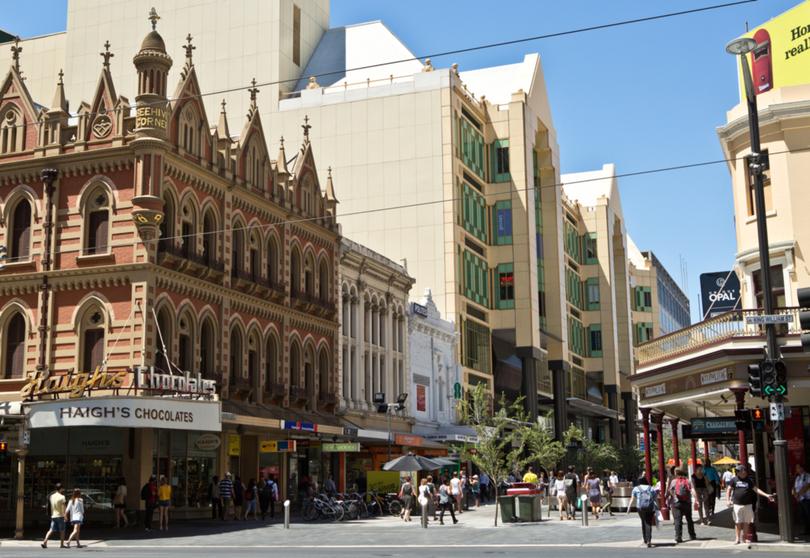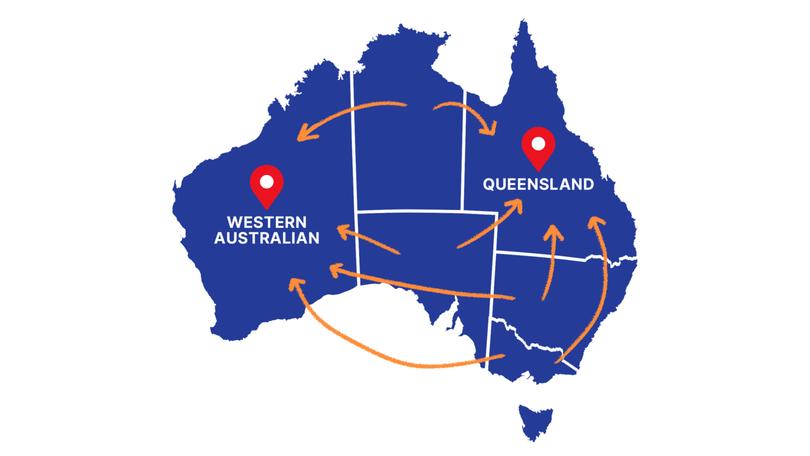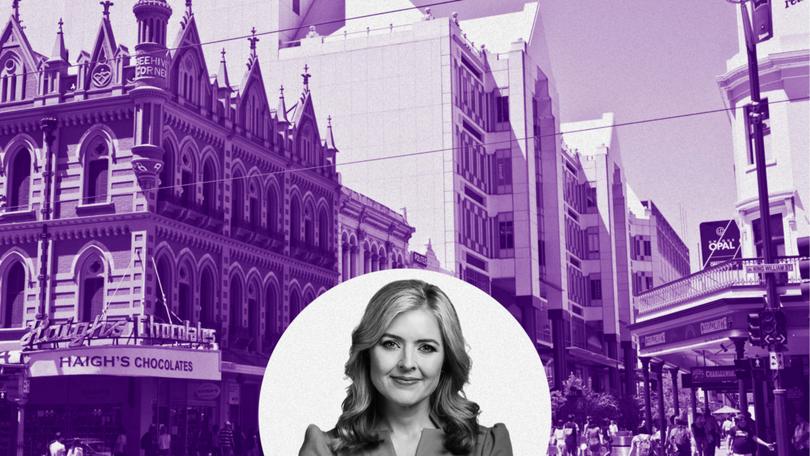Can you guess which Australian capital city was recently flagged by The Wall Street Journal as our country’s coolest?
In an article brimming with laudatory descriptions of the city being “almost utopian” and one that features “lush parklands” and “packs a serious culinary punch”?
It’s Adelaide. A city I was lucky enough to visit earlier this year.
Sign up to The Nightly's newsletters.
Get the first look at the digital newspaper, curated daily stories and breaking headlines delivered to your inbox.
By continuing you agree to our Terms and Privacy Policy.In addition to the permanent attractions of restaurants, parklands, beaches, entertainment and sporting grounds and the stunning wine region all within an easily achievable car trip, the Adelaide Fringe Festival added in a welcome dollop of quirkiness.

Stepping from the leisure to the business side of things, a recent report from CreditorWatch also highlighted Adelaide’s central business district as the best performing of all the State capitals and also the one that has rebounded from COVID the most resoundingly.
According to this research, it’s the least risky CBD for business to succeed in given the high reliance on domestic workers and tourists and affordable prices for commercial property and rents.
Perth comes in second place and has moved up the scale sharply since COVID, thanks to the strength of the mining industry as well as its dependence on local workers and visitors.
At the other end of the scale languishes Sydney’s CBD, having suffered the steepest fall since the pandemic and only just ahead of last-placed Brisbane CBD. Both cities are still reeling from the pandemic hangover with far fewer workers coming into the office and certainly not five days a week.
High rents and a lack of buildings suitable for residents mean there’s no one to make up for the absent office workers. In Brisbane, the CBD suffers from having such appealing tourism hotspots to the north and south, dragging visitors and locals alike away on weekends.
You might be surprised to hear that it’s a different story in Melbourne. The city whose business district was most ravaged by lockdowns has bounced back remarkably thanks to the sheer mass of activities to do that are centered in or around the city.
Yes, it’s replete with trendy dining and drinking options but it also boasts an impressive array of cultural, sporting and entertainment venues valued by both locals and visitors. Consequently, the CBD is now busier during weekends than most weekdays.

The lion’s share of Australia’s record-high international migration intake over the past year has been absorbed by our two most populous States, NSW and Victoria. But at the same time, both have experienced a net outflow of residents to other States.
In fact, all States have lost residents to other States except for Queensland and WA. On a relative basis, adding together the newcomers from overseas and interstate, WA experienced the greatest growth with its population expanding by 3.3 per cent over the year.
This official data from the Australian Bureau of Statistics comes to life when cross-referenced with a recent report from the Commonwealth Bank which observes the movements of its 16 million customers.
It looks at whether more people are still moving from capital cities to the regions than vice versa (they are) and just where they want to go.
Brisbane and Perth are the only two capitals currently seeing a net inflow of people moving in from regions around Australia.

Unsurprisingly, given the dearth of properties to buy or rent, school and childcare places and the outrageous cost of, well, everything, Sydney and Melbourne are the cities that are bleeding residents at the fastest rate, accounting for 65 per cent and 35 per cent of net capital-to-regional migration respectively last year.
Some of those fed-up Melburnians have moved to regional Victoria, with Geelong and Moorabool picking up third and fourth place as the most popular regions for city dwellers to relocate across all of Australia.
But the winners are still in regional Queensland with the Sunshine Coast topping the list with a clear lead over second placed Gold Coast.
That’s unlikely to be surprising news to anyone who followed internal migration trends during COVID although it’s interesting that now that the pandemic is far behind us, not only are the many Melburnians and Sydneysiders who decamped to Queensland during lockdowns not returning home, it seems they’re telling their friends and family: “Come on in, the water’s fine”.
And they’re coming. In droves.
A final trend worth noting is the pick up in popularity of regional WA. Boddington, Bridgetown-Greenbushes and Greater Geraldton all made it into the top five regional areas in terms of annual net migration growth.
Those areas are mostly attracting newcomers from bigger nearby cities with millennials the largest cohort of movers each time.
The roadblocks to a comfortable life which have been pushing residents out of our biggest cities in recent years show no signs of easing so these trends are set to continue.
Unfortunately, given the record migration levels, the net outflows of Melburnians and Sydneysiders to other States or regions are failing to relieve pressure on the woefully inadequate housing and services experienced by those remaining.
It’s to be hoped that as more people feel compelled to move away from our capitals, welcoming regional communities will continue to build and increasingly present themselves as viable and desirable alternatives for more Australians seeking a better life and more opportunities


